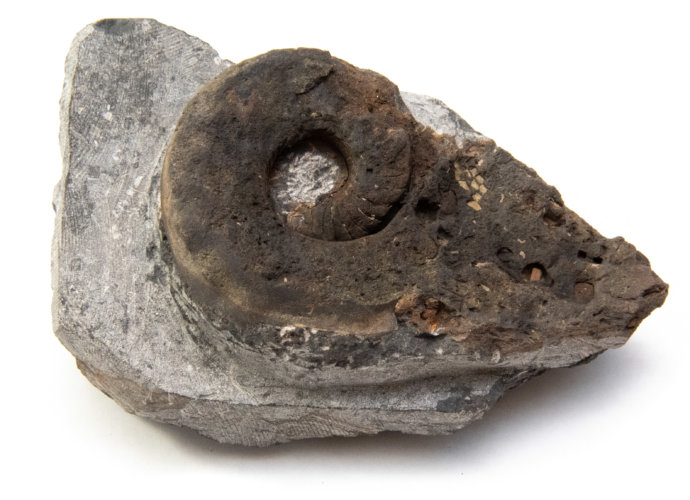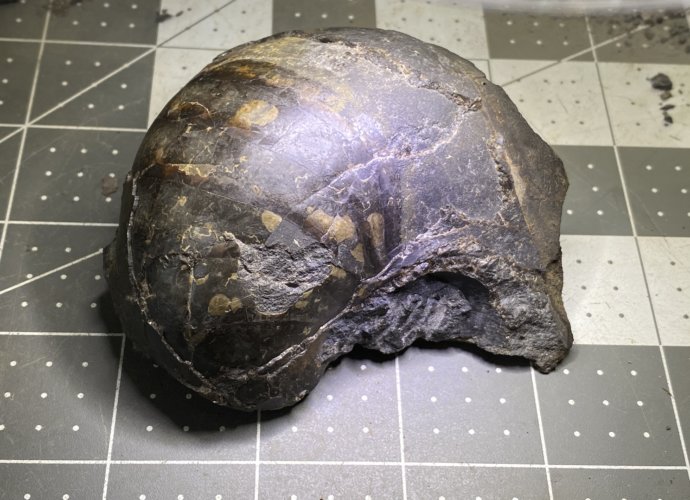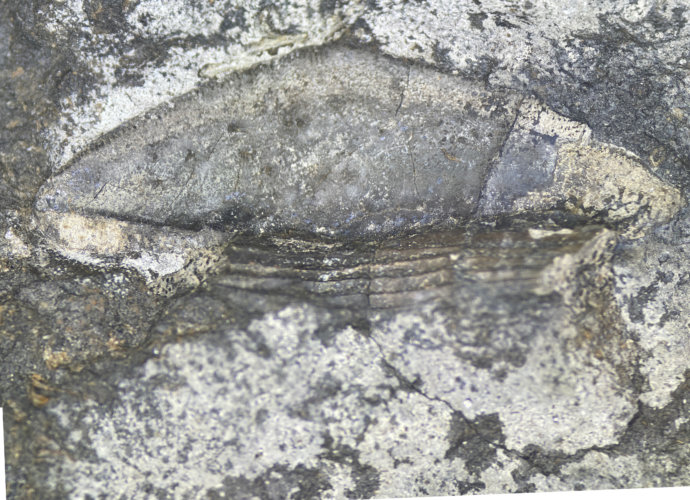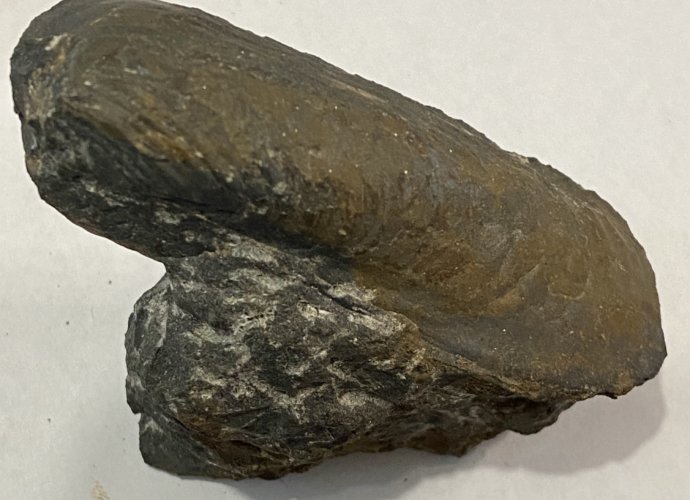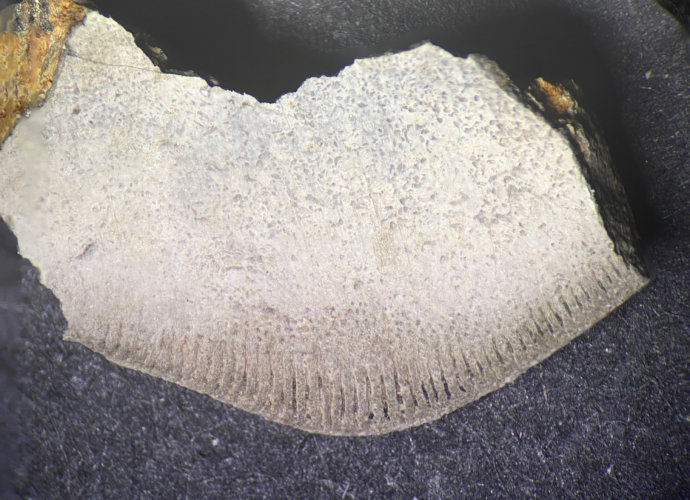Pennsylvanian Cephalopods from the Glenshaw Formation of Western Pennsylvania
The local limestone stratigraphy gives paleontologists ample opportunity to find specimens from the class Cephalopoda. These layers are all exposed as part of the Glenshaw formation, the dominant formation within Parks Township. The examples below represent a few of the many different cephalopods genera that are available. Found Cephalopod GenusRead More →


